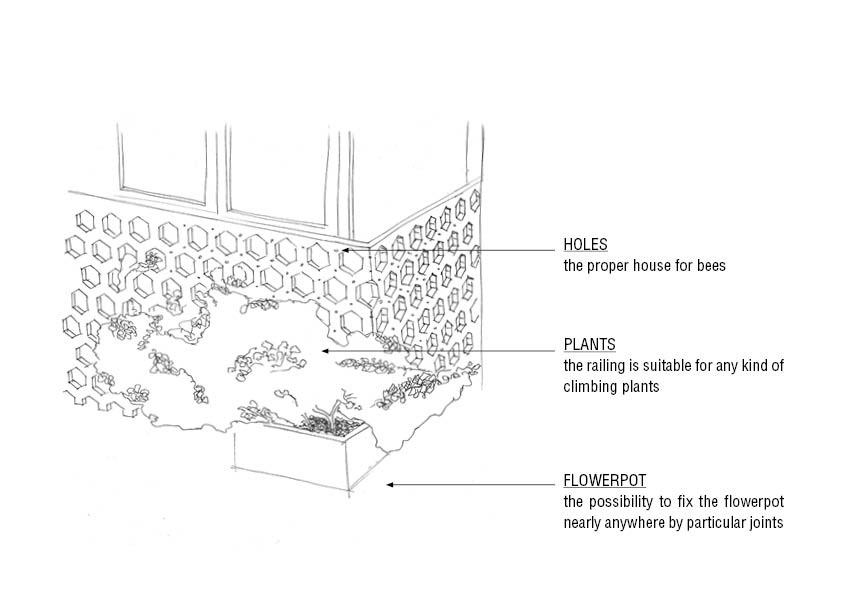
It has often been said that bees are responsible for one out of every three bites of food we eat. Most crops grown for their fruits (including vegetables such as squash, cucumber, tomato and eggplant), nuts, seeds, fiber (such as cotton), and hay (alfalfa grown to feed livestock), require pollination by insects. Honey bees are the only one which are bred by human. In the face of the threat of mass extinction of bees, it is quite risky.


Not many of us realize that there are nearly 20,000 species of bees and most of them do not live socially in colonies and do not produce honey while being equally useful. Some species like mason bees or hairy-footed flower bees as well as the other wild pollinators will have to support or even replace honey bees if the world runs out of them. Hence, we have to start paying attention and think about both protecting and supporting the raising wild pollinators, before it is too late.


Contrary to appearances, well-adapted cities can be a perfect habitat for all kinds of pollinators. The project aims at improving the capacity of the city in this context. Not only creates the conditions for reproduction, offering insect holes of different diameters, designed to lay eggs. It also lets you create a bigger plant diversity by systematically assembled supports, which are the base for different species of climbing plants, while at the same time being the balcony railing. This will help to provide pollen and nectar for insects from early spring to late autumn.


© april-june 2016
Thanks for watching!




